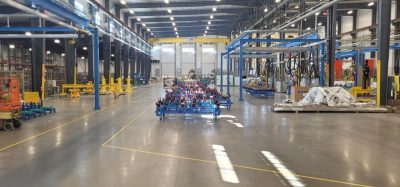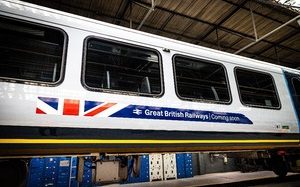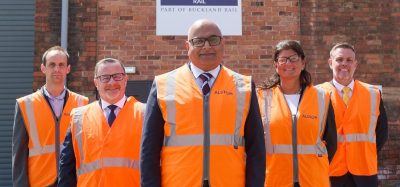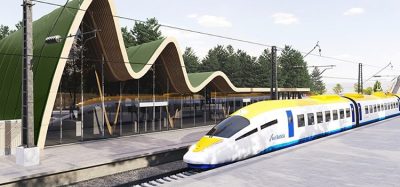California High-Speed Rail Authority to require all contractors to use zero-emission vehicles
Posted: 23 April 2021 | Global Railway Review | No comments yet
For all future infrastructure construction contracts, the California High-Speed Rail Authority will require 100 per cent zero-emission vehicle fleets to be used by contractors.
In celebration of Earth Day 2021 on 22 April 2021, the California High-Speed Rail Authority (CHSRA) has announced that it will require contractors use only zero-emission vehicles (ZEV) for their project fleets in all future construction contracts.
“High-speed trains will be California’s fastest and highest-capacity zero-emission vehicles,” said the California High-Speed Rail Authority’s CEO, Brian Kelly. “As rail construction continues to ramp up, we need to keep driving our emissions down. That’s why we’re looking for new ways to make our construction practices even greener.”
At the 35 active construction sites spanning 119 miles in the Central Valley, CHSRA mandates that contractor fleets be composed of newer, more fuel-efficient model years. But, with ZEV technology improving and more options becoming available, CHSRA will now require 100 per cent ZEVs for such fleets in future infrastructure construction contracts.
“This project is delivering a sustainable transportation future,” said Margaret Cederoth, Director of Sustainability and Planning for the California High-Speed Rail Authority. “Our policy is zero-net greenhouse gas emissions and criteria air pollutants in construction and, to help us get there, we want to leverage the ZEV market that California is spurring forward.”
This implementation strategy will drive harmful emissions closer to zero and is intended to keep harmful particulates out of the air in communities with poor air quality and high rates of asthma, like many near the high-speed rail project in the Central Valley.
Additionally, the policy leverages the scale of the project to create innovation in off-road construction equipment, which has a more difficult set of parameters to get to zero emissions. CHSRA already mandates that all such equipment meet the highest emission standard set by the U.S. Environmental Protection Agency – Tier 4. This policy has significantly reduced project emissions, eliminating 172,000 pounds of would-be criteria air pollution to date.
This implementation strategy will go further, mandating that, by 2030, and where feasible, 10 per cent of off-road equipment be ZEV, not just Tier 4, at the start of a contract. It further sets the goal of 100 per cent ZEV for such equipment by 2035, where feasible.
This is the most recent step that CHSRA is taking to ensure that California high-speed rail is the greenest infrastructure project in operation and construction. CHSRA has captured or avoided more than 180,000 tonnes of greenhouse gas emissions through planting more than 6,000 trees and other forest projects. The project has also prevented more than 180,000 tonnes of construction materials from being sent to landfills with its 97 per cent construction waste recycling rate.
In December 2020, CHSRA received national recognition with the Envision Platinum rating for its sustainability efforts. The Envision Platinum rating is the highest-level award from the Institute for Sustainable Infrastructure, and it marked the first time that a programme the size and complexity of this project earned such an honour.
CHSRA is responsible for planning, designing and building a 100 per cent renewably powered high-speed rail service between San Francisco and Los Angeles and Anaheim, via the Central Valley. With the system capable of speeds above 200 miles per hour, the trip between San Francisco and Los Angeles will take under three hours.
Related topics
High-Speed Rail, Sustainability/Decarbonisation, The Workforce, Track Construction








